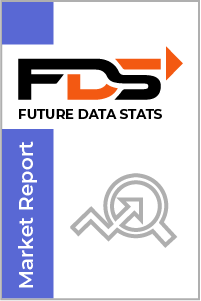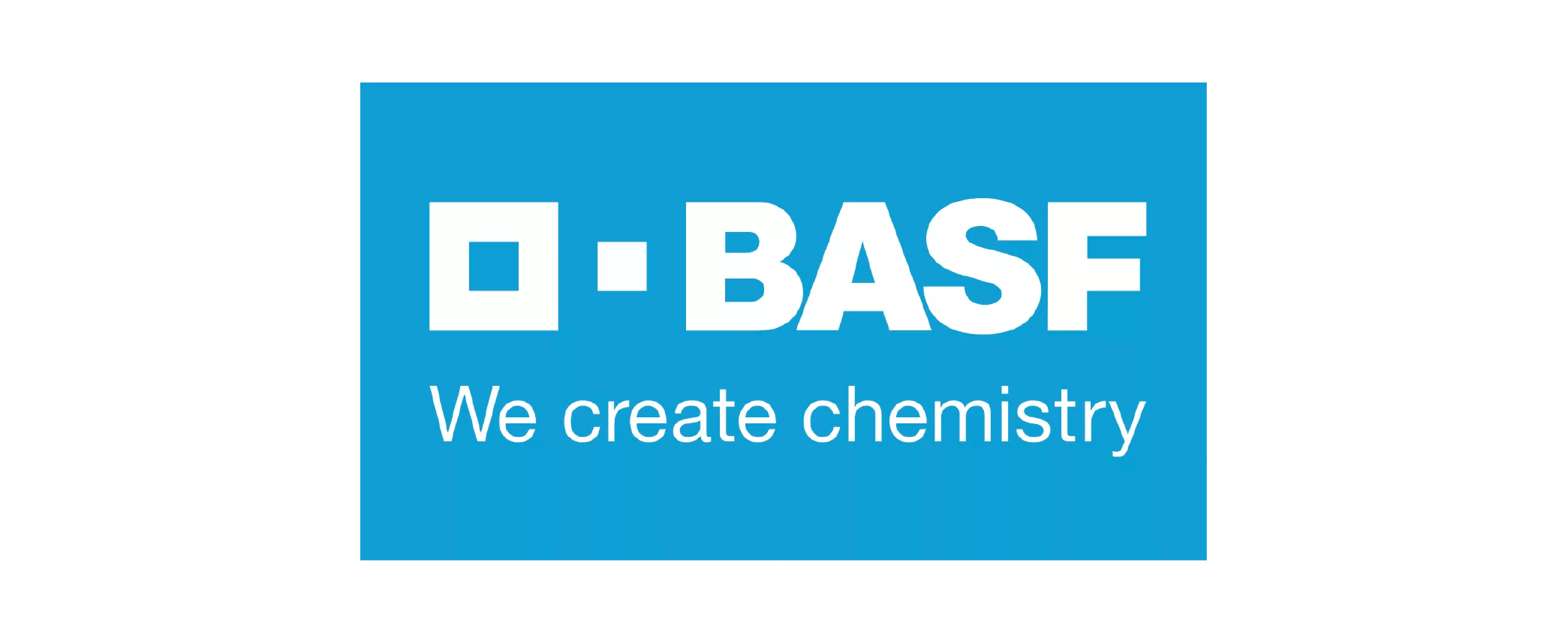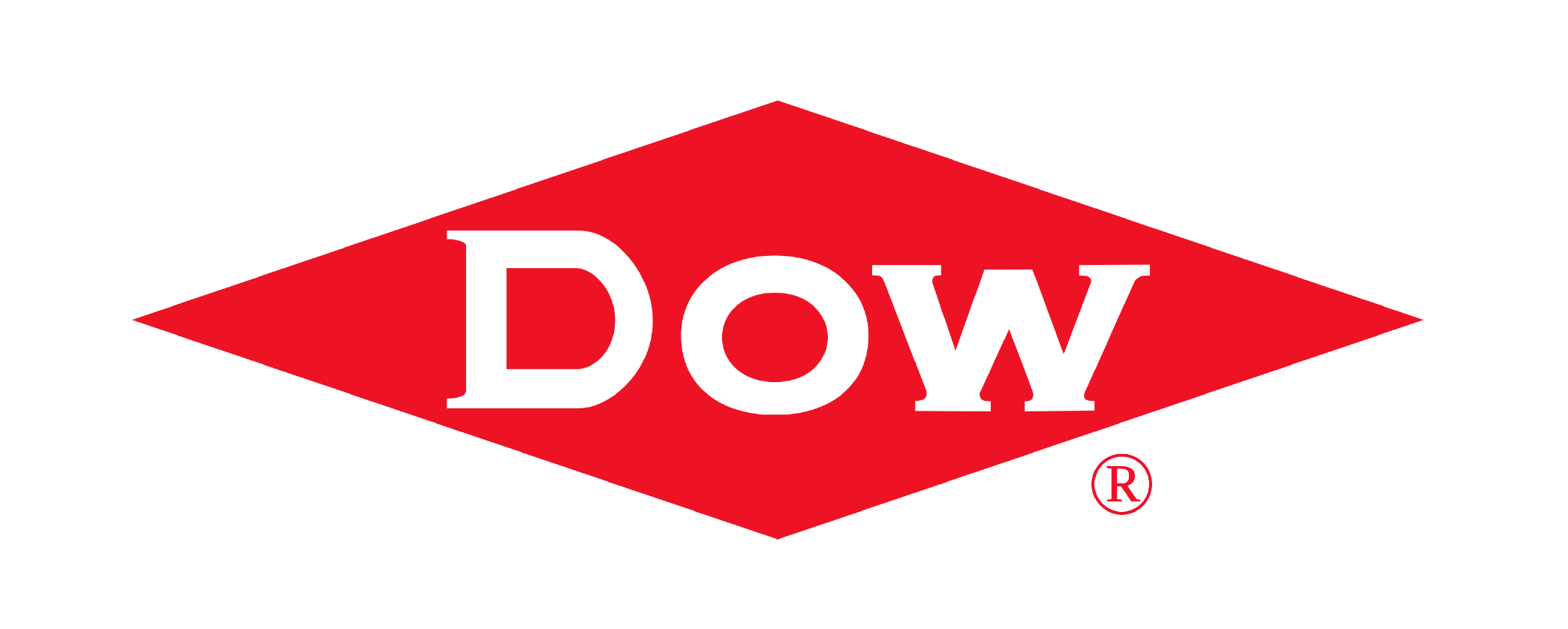The global Advanced In-Car Display Systems Market size was valued at USD 12 Billion in 2024 and is projected to expand at a compound annual growth rate (CAGR) of 11% during the forecast period, reaching a value of USD 28 Billion by 2032.
The ""Advanced In-Car Display Systems Market Research Report"" by Future Data Stats provides an in-depth examination of the market landscape, utilizing historical data from 2021 to 2023 to identify key trends and growth patterns. Setting 2024 as the foundational year, the report explores consumer behavior, competitive forces, and regulatory frameworks that influence the industry. It transcends basic analysis, delivering a thoroughly researched forecast extending from 2025 to 2033. By employing sophisticated data analysis methodologies, the report not only outlines the market's growth trajectory but also uncovers emerging opportunities and foresees potential obstacles, empowering stakeholders with vital insights to adeptly navigate the changing market landscape.
MARKET OVERVIEW:
The Advanced In-Car Display Systems Market focuses on digital interfaces integrated into vehicle interiors to enhance driver awareness, entertainment, and system control. These displays range from central touchscreens and instrument clusters to head-up displays and rear entertainment units, all designed to deliver information clearly and intuitively while improving safety and convenience. For market purposes, this segment represents a critical intersection of automotive innovation and consumer technology demand. Automakers and suppliers use these systems to differentiate vehicle models, support connected car ecosystems, and meet evolving user expectations for smart, interactive driving environments.
MARKET DYNAMICS:
The latest trends in the Advanced In-Car Display Systems Market reflect a strong push toward personalization and immersive digital experiences. Automakers increasingly integrate curved and multi-screen layouts, combining infotainment, navigation, and vehicle diagnostics into seamless interfaces. Augmented reality head-up displays are gaining ground, offering real-time information projected directly into the driver’s field of vision. Additionally, touchless controls, voice recognition, and AI-driven interfaces are enhancing how users interact with these systems, creating a more intuitive and responsive in-car environment. Looking ahead, upcoming trends point to a broader shift toward fully digital cockpits, particularly in electric and autonomous vehicles. Transparent displays, flexible OLED panels, and holographic projections are set to reshape how information is presented inside cars. The growing demand for connected mobility and safety-focused features will open new business opportunities for technology providers and OEMs. As automakers prioritize user-centric design and digital integration, companies that offer innovative display solutions will find significant room for growth in both established and emerging markets.
Automakers are integrating sophisticated infotainment systems that offer navigation, entertainment, and connectivity features, catering to tech-savvy consumers. As the automotive industry embraces smart technologies, the adoption of displays with higher resolutions and touch capabilities is on the rise. Additionally, the growing trend of electric vehicles, which often include advanced tech features, further propels the market. However, several challenges may hinder market expansion. High development costs and the rapid pace of technological advancements pose risks for manufacturers trying to keep up with consumer expectations. Moreover, concerns about driver distraction could lead to stricter regulations, affecting how these systems are designed and implemented. Despite these obstacles, opportunities abound in emerging markets where rising disposable incomes and a growing middle class are driving vehicle sales. Companies that can innovate and adapt to changing consumer preferences will likely thrive in this evolving landscape.
ADVANCED IN-CAR DISPLAY SYSTEMS MARKET SEGMENTATION ANALYSIS
BY TYPE:
Central displays continue to dominate the in-car display systems landscape, primarily due to their multifunctional use in infotainment, navigation, and vehicle control. Automakers prioritize these displays for their ability to centralize vital information while maintaining sleek dashboard designs. Their widespread integration in both economy and premium vehicles reinforces their market hold. Instrument cluster displays are gaining traction as digital dashboards become the new standard. They enhance the driving experience by offering customizable views of speed, fuel, navigation, and real-time alerts. Meanwhile, Head-Up Displays (HUDs) are carving a niche by promoting safety through minimal driver distraction, projecting information directly into the driver’s line of sight.
Rear seat entertainment displays maintain demand in luxury and family-oriented vehicles, particularly in long-distance and premium travel markets. Side displays, although more niche, are emerging with the growth of digital mirror systems in high-end electric and autonomous vehicles. These types collectively shape how users interact with modern vehicle systems.
BY DISPLAY TECHNOLOGY:
LCD technology remains widely used in the market due to its affordability and reliability, making it the go-to option for mid-range and budget vehicles. Despite the rise of newer technologies, LCDs hold a strong market share thanks to their maturity and continuous improvements in brightness and resolution. OLED displays are rapidly growing in popularity, especially in premium vehicles, due to their superior contrast, flexibility, and energy efficiency. Their ability to deliver sharp images and futuristic aesthetics appeals to luxury car buyers and electric vehicle manufacturers aiming for sleek interfaces. LED displays follow closely, valued for their durability, brightness, and adaptability across various lighting conditions.
Projection-based displays, while still evolving, are central to HUD development. They offer clear visibility in varied environments and enhance safety by projecting real-time driving data. E-paper displays remain niche but are drawing interest for their low power consumption and readability, potentially gaining ground in sustainable vehicle solutions.
BY APPLICATION:
Infotainment systems drive the bulk of demand for in-car displays, as consumers seek immersive and connected entertainment experiences while driving. These systems are no longer limited to audio controls but now include app access, streaming, and personalized settings, pushing manufacturers to enhance display quality and responsiveness. Automotive navigation systems remain critical, especially as real-time traffic data and predictive routing become standard. Displays tailored for navigation ensure drivers receive timely and clear directions, reducing distractions and travel times. Driver assistance systems are rapidly expanding, requiring dedicated displays for lane assist, collision warnings, and blind spot monitoring.
Communication and climate control systems also benefit from advanced displays, improving accessibility and user interaction. Voice command integration and touchscreen interfaces are standardizing in these areas, reflecting broader trends in user-centric vehicle design. Each application influences how displays evolve to meet functional and aesthetic demands.
BY VEHICLE TYPE:
Passenger cars account for the highest adoption of advanced in-car displays, fueled by rising consumer expectations for in-car technology. Automakers focus on enhancing user experience through visually appealing and intuitive displays, even in non-luxury segments. Compact cars, sedans, and SUVs are now routinely equipped with at least one digital interface. Commercial vehicles are integrating display systems for fleet management, navigation, and performance monitoring. Though adoption lags behind passenger cars, rising logistics and transport demands encourage manufacturers to prioritize display-enabled dashboards for improved safety and efficiency. Fleet owners increasingly recognize the value of data visualization in real-time operations.
Electric vehicles (EVs) lead innovation in display integration, often featuring multiple high-definition screens that control almost all vehicle functions. As EV designs shift away from traditional layouts, displays become the central control and feedback interfaces. Their emphasis on digital ecosystems makes this segment a trendsetter for the overall in-car display market.
BY END USER:
OEMs drive the majority of demand, integrating advanced displays during vehicle production to meet consumer expectations and regulatory standards. Automakers collaborate closely with display manufacturers to embed customized solutions that align with brand identity and performance benchmarks. This segment ensures consistency, safety compliance, and seamless design integration. The aftermarket segment also presents substantial opportunities, particularly in regions with older vehicle fleets. Car owners increasingly seek to upgrade their in-car experience with touch-enabled infotainment, HUD kits, or digital instrument clusters. This demand fuels growth for modular and easy-to-install display products that offer modern features without a full vehicle overhaul.
While OEMs dominate in volume, the aftermarket provides a critical revenue stream for display manufacturers and accessory brands. The segment also promotes innovation, as consumers seek personalized upgrades beyond what comes standard in factory-built models. This dual-channel approach ensures balanced growth across new and existing vehicles.
REGIONAL ANALYSIS:
In North America and Europe, the Advanced In-Car Display Systems Market continues to grow steadily due to high consumer demand for connected vehicles and premium driving experiences. Manufacturers in these regions prioritize digital dashboards, head-up displays, and advanced infotainment units as standard features in mid-to-high-end vehicles. Strong technology infrastructure, supportive regulations, and increasing electric vehicle adoption further drive market expansion. North America also benefits from early tech adoption, while Europe leads in integrating display systems that support vehicle safety and emissions compliance.
Asia Pacific holds the largest growth potential, led by expanding automotive production in China, India, and South Korea. Automakers in this region focus on equipping vehicles with smart display systems to meet rising consumer expectations and government safety standards. In Latin America and the Middle East & Africa, the market remains in its early stages but is gaining momentum as car ownership rises and urbanization drives demand for enhanced vehicle features. These regions offer growing opportunities for affordable, modular display systems suited for both OEM and aftermarket segments.
MERGERS & ACQUISITIONS:
- In Jan 2024: Panasonic Automotive unveiled its next-gen OLED in-car displays with enhanced brightness and durability.
- In Feb 2024: LG Display partnered with a major European automaker to supply flexible OLED displays for luxury vehicles.
- In Mar 2024: Samsung Display acquired Harman’s automotive display division to expand its automotive tech portfolio.
- In Apr 2024: Bosch and Continental announced a joint venture to develop 3D augmented reality HUDs for EVs.
- In May 2024: Visteon acquired AllGo Embedded Systems to strengthen its connected car display solutions.
- In Jun 2024: AUO showcased its microLED in-car displays at CES Asia, targeting premium EV manufacturers.
- In Jul 2024: Magna International partnered with Sharp to co-develop ultra-thin touchscreens for autonomous vehicles.
- In Aug 2024: Denso invested in Tactile Mobility to enhance haptic feedback in touchscreen displays.
- In Sep 2024: Pioneer Corporation merged with JVC Kenwood to accelerate innovation in automotive infotainment systems.
- In Oct 2024: Qualcomm acquired Rightware to integrate its Kanzi UI software into Snapdragon-powered digital cockpits.
- In Nov 2024: NVIDIA announced a collaboration with Mercedes-Benz for AI-driven 3D dashboard displays.
- In Dec 2024: Boeing’s Aurora Flight Sciences entered the automotive sector with transparent display tech for futuristic dashboards.
KEY MARKET PLAYERS:
- Panasonic
- Samsung Display
- LG Display
- Visteon
- Bosch
- Aptiv
- Continental
- Alpine (Alps Alpine)
- Denso
- Magna International
- Pioneer
- Nippon Seiki
- Hyundai Mobis
- Yazaki
- Valmet Automotive
- Jabil
- Faurecia (Forvia)
- Leopold Kostal
- Gentex
- Marelli
Advanced In-Car Display Systems Market: Table of Contents
Introduction
- Market Definition
- Market Scope
- Market Structure
Market Dynamics
- Drivers
- Restraints
- Opportunities
- Challenges
Segmentation Analysis
- By Type
- By Display Technology
- By Application
- By Vehicle Type
- By End User
Competitive Landscape
- Key Players Overview
- Market Share Analysis
- Strategic Initiatives
Regional Analysis
- North America
- Europe
- Asia Pacific
- Latin America
- Middle East & Africa
Industry Trends and Insights
- Technological Advancements
- Consumer Preferences
Market Forecast
- Revenue Forecast
- Volume Forecast
Conclusion
Advanced In-Car Display Systems Market Segmentation
By Type:
- Central Displays
- Instrument Cluster Displays
- Head-Up Displays (HUD)
- Rear Seat Entertainment Displays
- Side Displays
By Display Technology:
- LCD
- OLED
- LED
- Projection-Based Displays
- E-Paper Displays
By Application:
- Automotive Navigation Systems
- Infotainment Systems
- Driver Assistance Systems
- Communication Systems
- Climate Control Systems
By Vehicle Type:
- Passenger Cars
- Commercial Vehicles
- Electric Vehicles (EVs)
By End User:
- OEM (Original Equipment Manufacturer)
- Aftermarket
By Geography:
- North America (USA, Canada, Mexico)
- Europe (UK, Germany, France, Italy, Spain, Rest of Europe)
- Asia-Pacific (China, Japan, Australia, South Korea, India, Rest of Asia-Pacific)
- South America (Brazil, Argentina, Rest of South America)
- Middle East and Africa (GCC Countries, South Africa, Rest of MEA)
WHY SHOULD YOU INVEST IN A MARKET RESEARCH REPORT?
Smarter Business Decisions:
A high-quality market research report delivers valuable insights into industry trends, customer preferences, and competitor strategies. With solid data guiding your choices, you can minimize risks and confidently pursue new opportunities—whether launching a product or expanding into new markets.
Spot Hidden Opportunities:
Market research uncovers unmet customer needs and emerging trends before they become mainstream. By aligning your products or services with these opportunities, you can stay ahead of the competition and capture untapped demand.
Know Your Competition Inside Out:
Gain a clear picture of your competitors' strengths, weaknesses, and strategies. This knowledge helps you refine your unique selling points, craft stronger positioning, and outmaneuver rivals effectively.
Sharper, More Effective Marketing:
Understanding your audience is key to successful marketing. Market research reveals who your customers are, what drives their decisions, and how they engage with brands. With these insights, you can create tailored campaigns that deliver better results and higher ROI.
Reduce Risks Before They Arise:
Every business move carries some risk—but research helps you anticipate challenges before they become costly. By analyzing market conditions and potential obstacles, you can make proactive adjustments to protect your bottom line and reputation.
Strengthen Your Case for Funding:
Investors and lenders want proof of market potential before backing a business. A well-researched report provides the data-driven evidence they need, boosting your credibility and increasing your chances of securing capital.
Stay Ahead of Industry Shifts:
Markets evolve fast, with new technologies, regulations, and consumer behaviors constantly reshaping the landscape. Regular market research ensures you stay informed, adapt quickly, and maintain a competitive edge in your industry.
RESEARCH METHODOLOGY AT FUTURE DATA STATS
At Future Data Stats, we combine decades of industry expertise with cutting-edge research techniques to deliver unparalleled market intelligence. Our team of seasoned analysts employs a dynamic, data-driven approach to uncover actionable insights, helping businesses navigate complex market landscapes with confidence.
Comprehensive & Cutting-Edge Market Analysis
We go beyond surface-level trends to provide a 360-degree view of market dynamics. Our research methodology is designed to:
✔ Accurately assess market size, growth patterns, and competitive landscapes.
✔ Identify emerging opportunities through real-time trend analysis and predictive modeling.
✔ Validate findings with high-quality data, expert consultations, and independent verification.
Our insights empower decision-makers with strategic clarity, ensuring they stay ahead in rapidly evolving industries.
Multi-Source Data Collection & Validation
We leverage a diverse mix of primary and secondary research sources, including:
- In-depth stakeholder interviews (industry leaders, suppliers, distributors, and end-users)
- Statistical databases & market reports from authoritative global sources
- Regional market intelligence to capture localized trends and demand shifts
- Proprietary analytical models tailored to specific industry needs
- By cross-verifying data from multiple streams, we ensure maximum accuracy and reliability.
Key Advantages of Our Research Approach
- Actionable Intelligence – Clear, data-backed recommendations for strategic planning.
- Technology-Enhanced Accuracy – Advanced tools for data validation and trend forecasting.
- Unbiased Insights – Independent analysis free from external influence.
Our Two-Tier Research Framework
- Primary Research – Direct Industry Engagement
- Expert Interviews: Over 25+ hours of discussions with key stakeholders across the value chain.
- Targeted Surveys: Structured questionnaires for KOLs (Key Opinion Leaders) to gauge market sentiment.
- Competitive Benchmarking: Assessing leading players to determine market positioning.
- Secondary Research – Extensive Data Synthesis
- Analysis of 3,000+ documents, including industry reports, whitepapers, and regulatory publications.
- Global & regional data mining from government databases, trade journals, and financial reports.
- Macroeconomic & sector-specific trend mapping for long-term forecasting.
Dual Analytical Approach
We employ both top-down and bottom-up methodologies to ensure precision:
- Bottom-Up Analysis: Calculating market size from granular data, ensuring detailed accuracy.
- Top-Down Assessment: Validating findings through macroeconomic indicators and industry benchmarks.
Why Choose Future Data Stats?
✔ 70+ years of collective expertise in market intelligence.
✔ Customized research models for sector-specific accuracy.
✔ Transparent, reliable, and forward-thinking insights.
With Future Data Stats, you don’t just get data—you get a strategic advantage. Partner with us to unlock the full potential of your market decisions.
Advanced In-Car Display Systems Market Dynamic Factors
Drivers:
- Increasing consumer demand for advanced infotainment and navigation features in vehicles.
- Rising adoption of Electric Vehicles (EVs) driving demand for high-tech display systems.
- Technological advancements in display technologies, such as OLED and touchscreens.
- Growing focus on driver safety and convenience with innovative driver assistance displays.
Restraints:
- High cost of advanced display systems affecting adoption in budget vehicles.
- Complexity in integration with existing vehicle systems.
- Limited availability of raw materials for high-quality displays.
- Security concerns regarding data privacy with connected in-car systems.
Opportunities:
- Expansion of connected car technologies offering new display integration possibilities.
- Growth in the electric vehicle (EV) market creating demand for advanced in-car displays.
- Increasing use of Augmented Reality (AR) and Virtual Reality (VR) in automotive displays.
- Potential for aftermarket installations of advanced display systems in older vehicle models.
Challenges:
- High installation costs in vehicles with limited display space.
- Technical challenges in integrating multi-display systems across different vehicle models.
- Consumer resistance to new technology in certain markets.
- Managing energy efficiency and power consumption of advanced display systems.
Advanced In-Car Display Systems Market Regional Key Trends Analysis
North America:
- Increased adoption of EVs driving demand for high-tech displays.
- Growing focus on autonomous driving features requiring advanced visual displays.
- Rising consumer preference for larger, high-resolution touchscreens.
Europe:
- Strong regulatory push for enhanced vehicle safety features, including advanced displays.
- Popularity of connected cars leading to greater demand for integrated display systems.
- Surge in luxury car sales driving demand for high-end in-car displays.
Asia Pacific:
- Rapid growth in the automotive sector, especially in China and India, increasing demand for advanced displays.
- Technological advancements in OLED and LED display technologies.
- Increasing consumer preference for in-car entertainment and infotainment systems.
Latin America:
- Growing middle-class population leading to higher demand for premium vehicle features.
- Emerging EV market stimulating demand for advanced display technologies.
- Rising focus on automotive safety systems contributing to the growth of driver assistance displays.
Middle East & Africa:
- High demand for luxury vehicles with advanced in-car technology.
- Increasing interest in in-car entertainment systems and navigation features.
- Rise in vehicle production capacity leading to more opportunities for advanced display integration.
Frequently Asked Questions

















